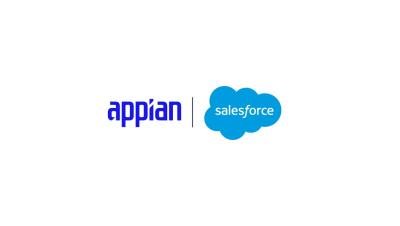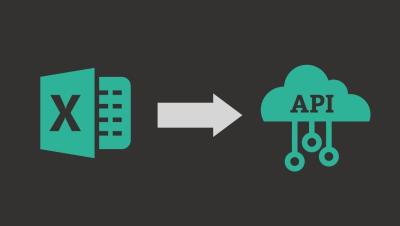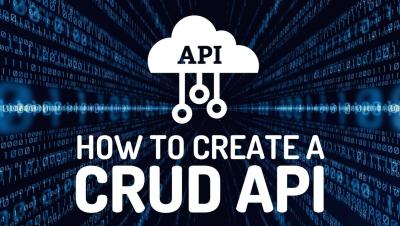Due Diligence Process In Banking: 3 Automation Trends To Watch
Bank turmoil associated with recent bank failures has highlighted the importance of due diligence for managing financial risk, growing revenue, and retaining jittery customers. Regulators will likely ramp up their scrutiny–even after hitting financial institutions with a jaw-dropping $2.7 billion in fines in 2021 for failing to meet compliance and due diligence standards.











